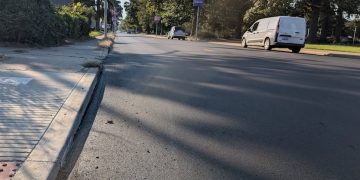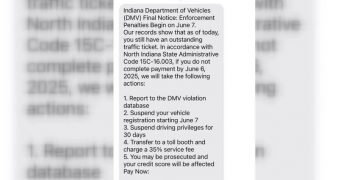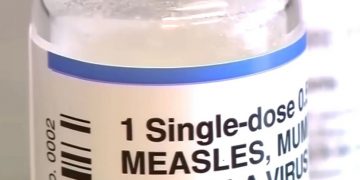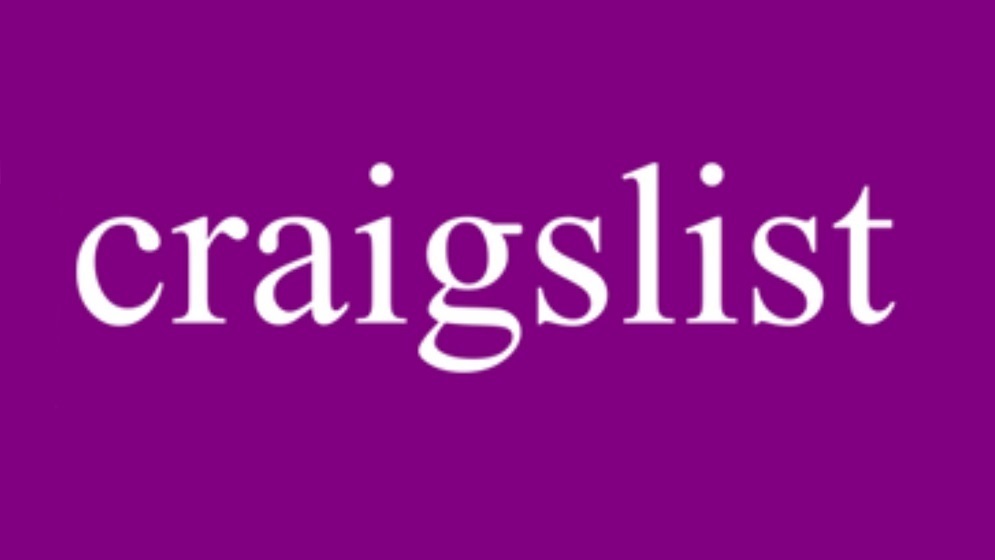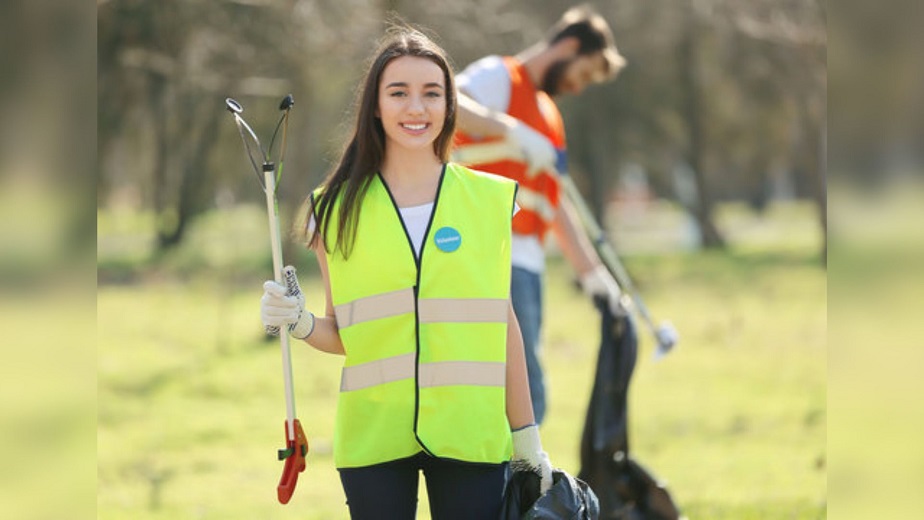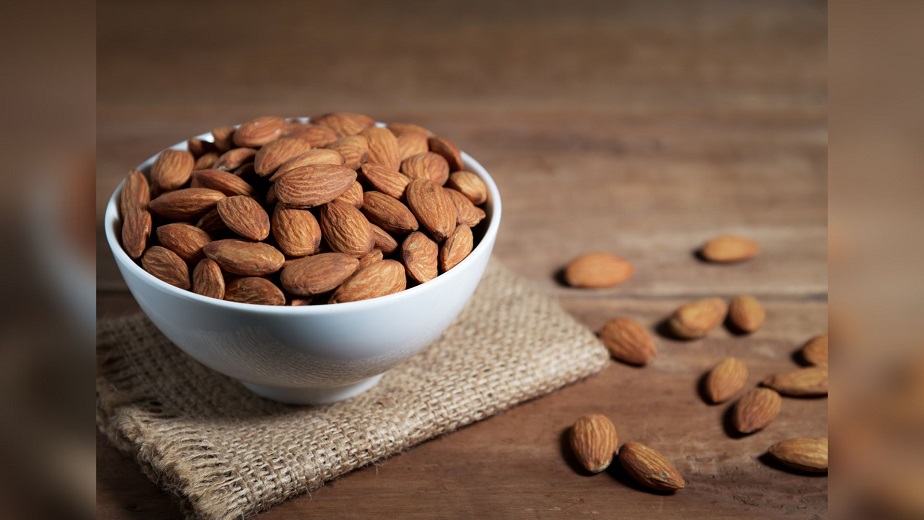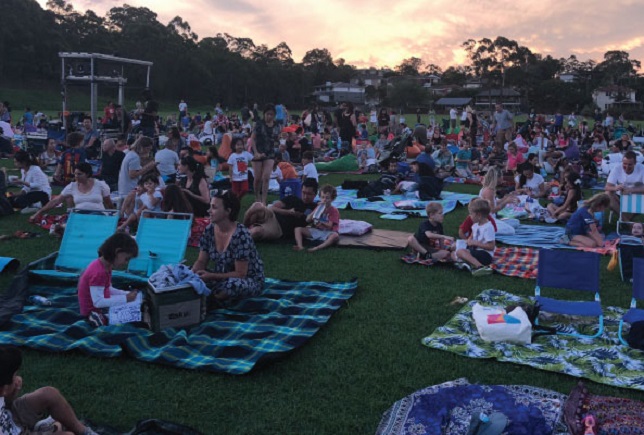On Friday, the reports of a continued trend of low case numbers for COVID-19 included customary words of caution about continued vigilance from local officials in Monroe County.
But remarks by local officials at Friday’s weekly press conference on pandemic response also included a hint of concern about possible future trends.
Bloomington’s mayor John Hamilton reported that so far through the month of March, no new COVID-19 cases have been reported among city employees.
Hamilton also reported that he’d received his first shot on March 17—a dose of the Pfizer vaccine from IU Health at the medical arts building. Local officials are looking towards the start of a public vaccination clinic at Simon Skjodt Assembly Hall, set for March 29.
All of the appointments for March 29 are already booked.
But Indiana University’s assistant vice president for strategic partnerships Kirk White and Monroe County’s health administrator Penny Caudill both reported some slight increases in case numbers.
IU’s COVID-19 dashboard shows an increase in disease prevalence for the week starting March 7—from 0.2 percent to 0.3 percent.
White said “We’re still compiling the numbers, but we’re seeing a slight uptick.” He added, “White said, “We’re keeping a close eye on this.”
Caudill said her department continues to watch the daily numbers and there’s been a slight bump: ”Our numbers are ticking up just a little bit. So hopefully, they will go back down. And we’ll continue to see a downward trend.”
After logging just one case on March 14 and five cases on March 15, the county followed with days of 22, 36, and 21 cases. Those three days are all at or above the 21.2 rolling 7-day average, below which Monroe County needs to stay in order to remain in the “yellow” (next-best) category for the weekly case metric.
More than 21.2 daily cases would mean more than 100 cases per 100,000. That would put Monroe County into the “orange” category on the per-capita metric. Even when combined with Monroe County’s best-possible score on positivity, an “orange” rating for cases per 100,000 would put Monroe County into the “yellow” category overall.
White said even though IU did not take a spring break this week, the week off for Monroe County Community School Corporation means that people in the community might be traveling to places that don’t have the same kind of restrictions that Indiana does. “We may see some spread back here,” White said.
White added, “So we’re going to continue to keep an eye on that.”
White also reported that two of the university’s fraternity and sorority houses are now in quarantine, due to new cases that have come to the university’s attention this week.
For the last month, the county’s pace of vaccinations for residents has leveled off at around 330 final doses delivered a day. Through Thursday, 17,823 of Monroe County’s 148,431 residents (12 percent) have been fully vaccinated.
At the current pace, it would take until mid-December to reach full vaccination of 70 percent of the county’s population. That’s the percentage that’s taken as a measuring rod for herd immunity.
Based on US Census data and Indiana department of health numbers, 14,766 of the county’s 56,707 county residents who are older than 40 (26.0 percent) have been fully vaccinated.
The 40+ age bracket is important, Caudill said on Friday, because those 40 and older account for 98 percent of COVID-19 deaths in the state of Indiana.
Caudill and IU Health south central region president Brian Shockney said on Friday that the goals of 70-percent of total population, and good coverage of the 40+ age bracket, are both still goals. “I think it’s ‘both and’,” Shockney said. He added, “We’re looking at lots of numbers. But herd immunity is what we’re going for.”
The pace of vaccinations in the county could increase after the Assembly Hall vaccination site opens on March 29. When the location was first announced, IU’s vice president White said the logistical setup would allow for 2,000 shots a day to be delivered at the basketball arena.
The 2,000 shots a day translate into 1,000 final doses of the Pfizer vaccine that can be delivered daily at Assembly Hall. That kind of increased pace would put the achievement of a 70-percent vaccination goal on a much quicker pace—maybe sometime in the summer.
But the Assembly Hall site is not guaranteed to receive that much vaccine. White and Caudill said on Friday it’s not yet known how much vaccine the Assembly Hall site would be allocated.















